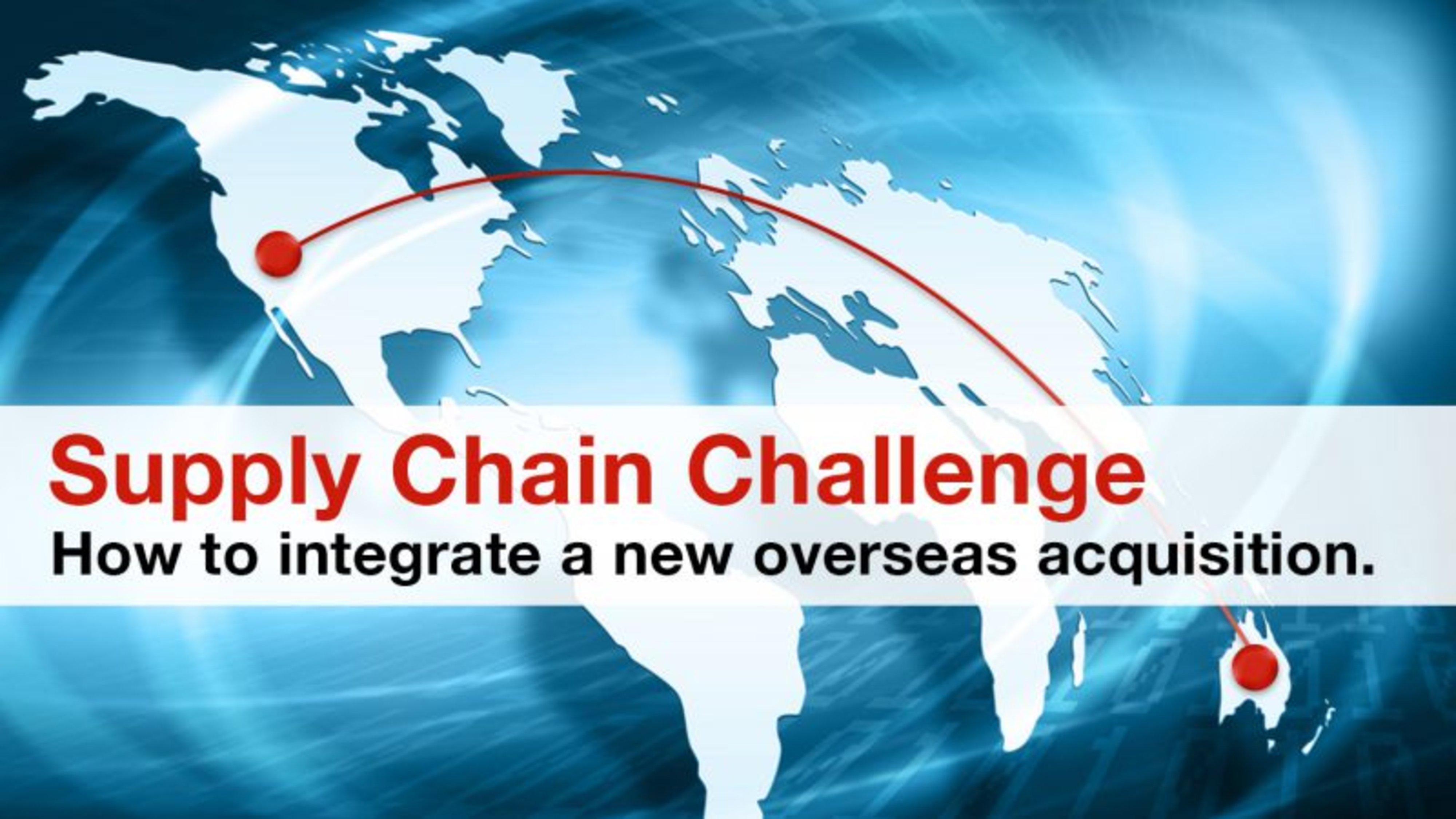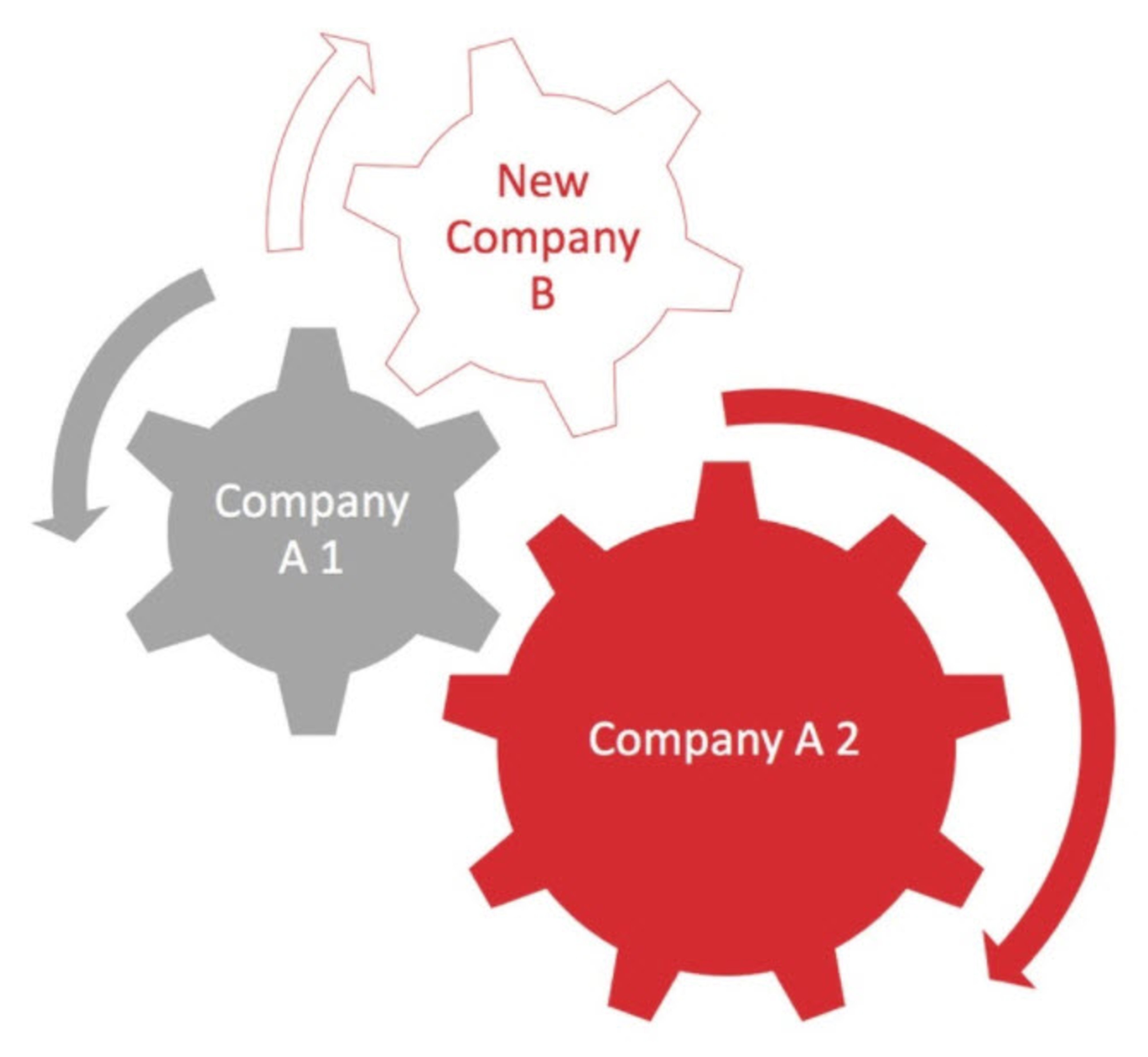“We just acquired a new subsidiary overseas. Time to roll up our sleeves, straighten things out and show them how business is done.”
You can try that approach, but chances are you will fail miserably. It is without a doubt extremely challenging to integrate a new unit into your existing company and supply chain, even though you have likely spent countless hours analyzing and strategizing before its acquisition. The reality, however, is that it is not until after the ink is dry that the most important part of the merger begins.
Along with the new organization, you also always inherit different systems,different processes, different people and yes – different cultures. Language is probably the least of your problems. The real challenge lies in setting up a system that promotes mutual understanding. Whether you are planning to work with your new colleagues on equal footing or to set up a “one-way street” directive, respect for cultural differences and past achievements certainly helps.
Processes and organizations work because of the people running them. There is a code of conduct in every company and team that makes things work. These unspoken rules may include for example local cultural idiosyncrasies and forms of communication. This applies especially to overseas acquisitions. So don’t make the mistake of thinking that going in to “show them how things work” will be successful; instead, develop a formula to successfully achieve cross-cultural understanding for your plans.
Change does not come easily. Getting people to pull together and work towards a common goal takes a lot more than just going there and tell your new colleagues what to do.
You need to
* Raise awareness for the urgency of necessary system or process changes within the new entity and its place within the global supply chain organization
* Get management behind the project and develop a vision for the way forward, ideally with the participation of the new employees
* Encourage and support innovative ideas and communicate status and early successes frequently
* Define a qualified team of local inhouse experts that work together with the global task force to push the project forward.
Whatever the situation, a thorough analysis of all processes, systems and cultures in each organization affected by the merger is necessary before developing a solid strategy for the future – an end-to-end concept for the whole global supply chain including customers, vendors and all internal departments.
The integration of a new company should never be a rush job. If done correctly, it offers great potential for increased competitiveness and success. If done without respect for cultures and people, it is like driving an empty bus. It is doomed to fail. Don’t leave it up to your inhouse teams alone. Be smart, get a professional partner who can support you all the way from concept to implementation. Talk to us, that’s what we’re expert at.

